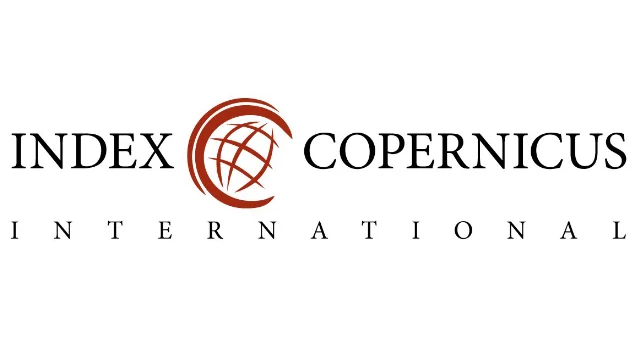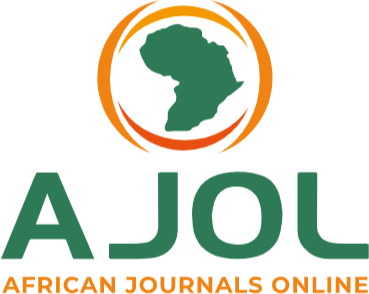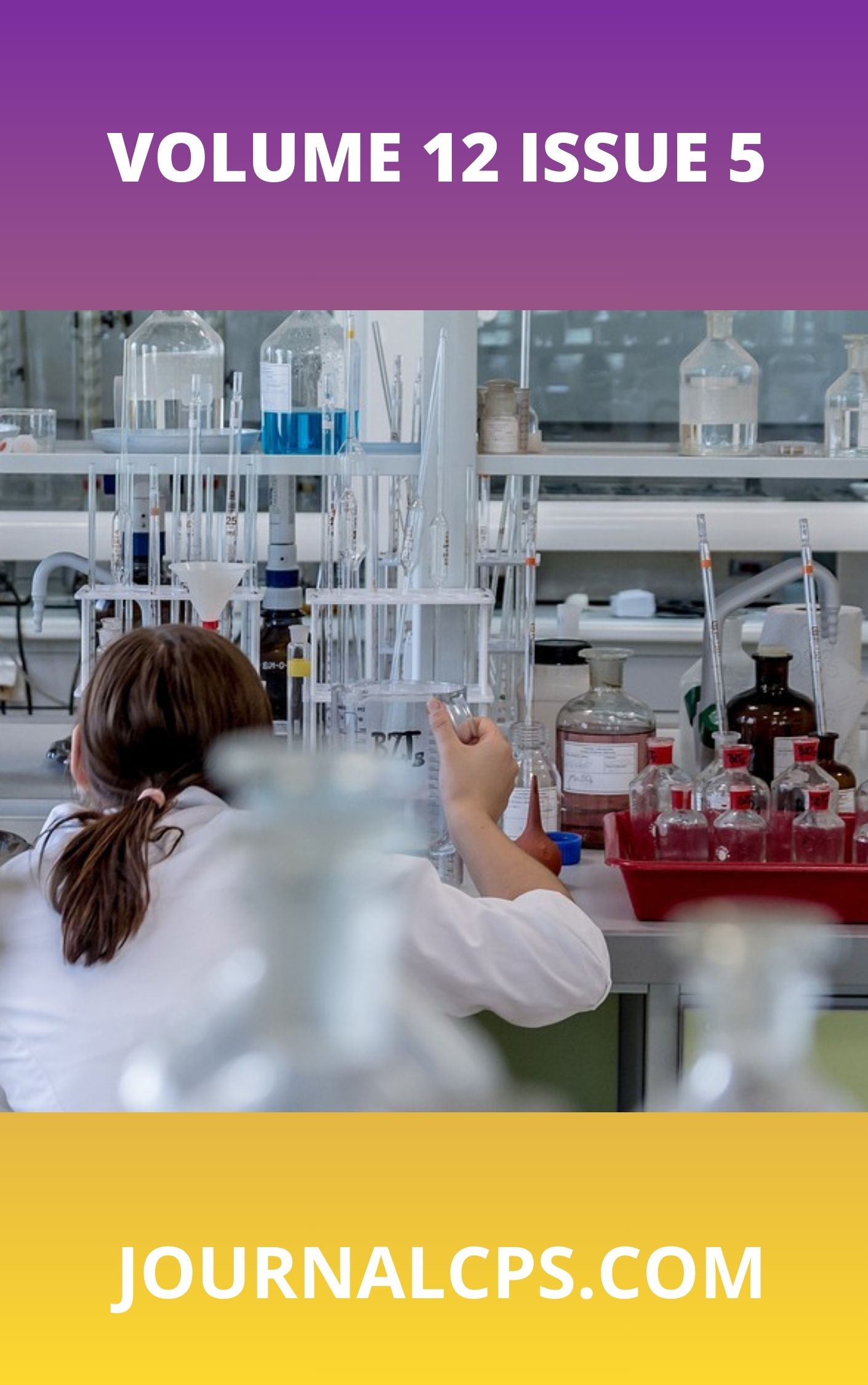A Review on the Advances in Underwater Inspection of Subsea Infrastructure: Tools, Technologies, and Applications
Keywords:
Subsea, AI, technologies, AUVs and Advance Sonar systems (ASS)Abstract
Subsea infrastructure is seen to be of extreme importance in facilitating offshore energy generation, telecommunication, undersea defense, and environmental monitoring systems. Currently, the number of offshore and underwater installations used by the whole world is on the rise, which is why the need to find as efficient and reliable approaches to inspection as possible is on the rise. Conventional diver-based inspection methods fall short in depth, safety and scale. This paper has examined the existing challenges in subsea inspection and discussed the advantages as well as disadvantages of Remotely Operated Vehicles (ROVs), Autonomous Underwater Vehicles (AUVs), and semi-autonomous ROVs in multiple inspection conditions This paper has presented rather advanced tools like advanced sonar systems, Autonomous Underwater Vehicle (AUVs), integrated survey platforms, and artificial intelligence (AI)-based analytics. This paper also examines in detail these technological advancements mainly their principles, applications and effectiveness. It also addresses issues related to submerged environment and future of subsea inspection.
Similar Articles
- Bayode Adeyanju, Development and Application of a Novel Bi-functional Heat Treatment Furnace: A Review , Communication In Physical Sciences: Vol. 12 No. 5 (2025): Vol 12 ISSUE 5
- Yisa Adeniyi Abolade, Bridging Mathematical Foundations and Intelligent Systems: A Statistical and Machine Learning Approach , Communication In Physical Sciences: Vol. 9 No. 4 (2023): VOLUME 9 ISSUE 4
- Abdulrahman Ndanusa, Convergence of Preconditioned Gauss-Seidel Iterative Method For Matrices , Communication In Physical Sciences: Vol. 6 No. 1 (2020): VOLUME 6 ISSUE 1
- Temitope Sunday Adeusi, Ayodeji Aregbesola, Impact of Climatic Condition on the Life Cycle of Water Contaminants , Communication In Physical Sciences: Vol. 9 No. 4 (2023): VOLUME 9 ISSUE 4
- O. I. Olusola, R. T. Ogundare, A. I. Egunjobi, E. O. Odufuwa, M. O. Esan, U. E. Vincent, Chaos Synchronization Based on Linear and Adaptive Controls: Theory and Experiment , Communication In Physical Sciences: Vol. 7 No. 3 (2021): VOLUME 7 ISSUE 3
- Elizabeth C. Nwaokorongwu, Dual Solution Synthesis and Characterization of Sns:Zns Alloyed Thin Films and Possible Applications in Solar Systems and Others , Communication In Physical Sciences: Vol. 9 No. 2 (2023): VOLUME 9 ISSUE 2
- Olatunde Ayeomoni, Enhancing Data Provenance, Integrity, Security, and Trustworthiness in Distributed and Federated Multi-Cloud Computing Environments , Communication In Physical Sciences: Vol. 11 No. 4 (2024): VOLUME 11 ISSUE 4
- David Adetunji Ademilua, Edoise Areghan, AI-Driven Cloud Security Frameworks: Techniques, Challenges, and Lessons from Case Studies , Communication In Physical Sciences: Vol. 8 No. 4 (2022): VOLUME 8 ISSUE 4
- Oyebola Olusola Olurotimi, Belewu Fatai Damilola, Balogun Rilwan Oluwanishola,, Adegboyega Anthony Babajide, Oyebode Daniel Oluwatimilehin, Exploring the Thermoelectric Potential of Trigonal MgS2: A Computational Investigation Using DFT and Boltzmann Transport Theory , Communication In Physical Sciences: Vol. 11 No. 2 (2024): VOLUME 11 ISSUE 2
- David Adetunji Ademilua, Edoise Areghan, Cloud Computing and Machine Learning for Scalable Predictive Analytics and Automation: A Framework for Solving Real-world Problems , Communication In Physical Sciences: Vol. 12 No. 2 (2025): VOLUME 12 ISSUE 2
You may also start an advanced similarity search for this article.




